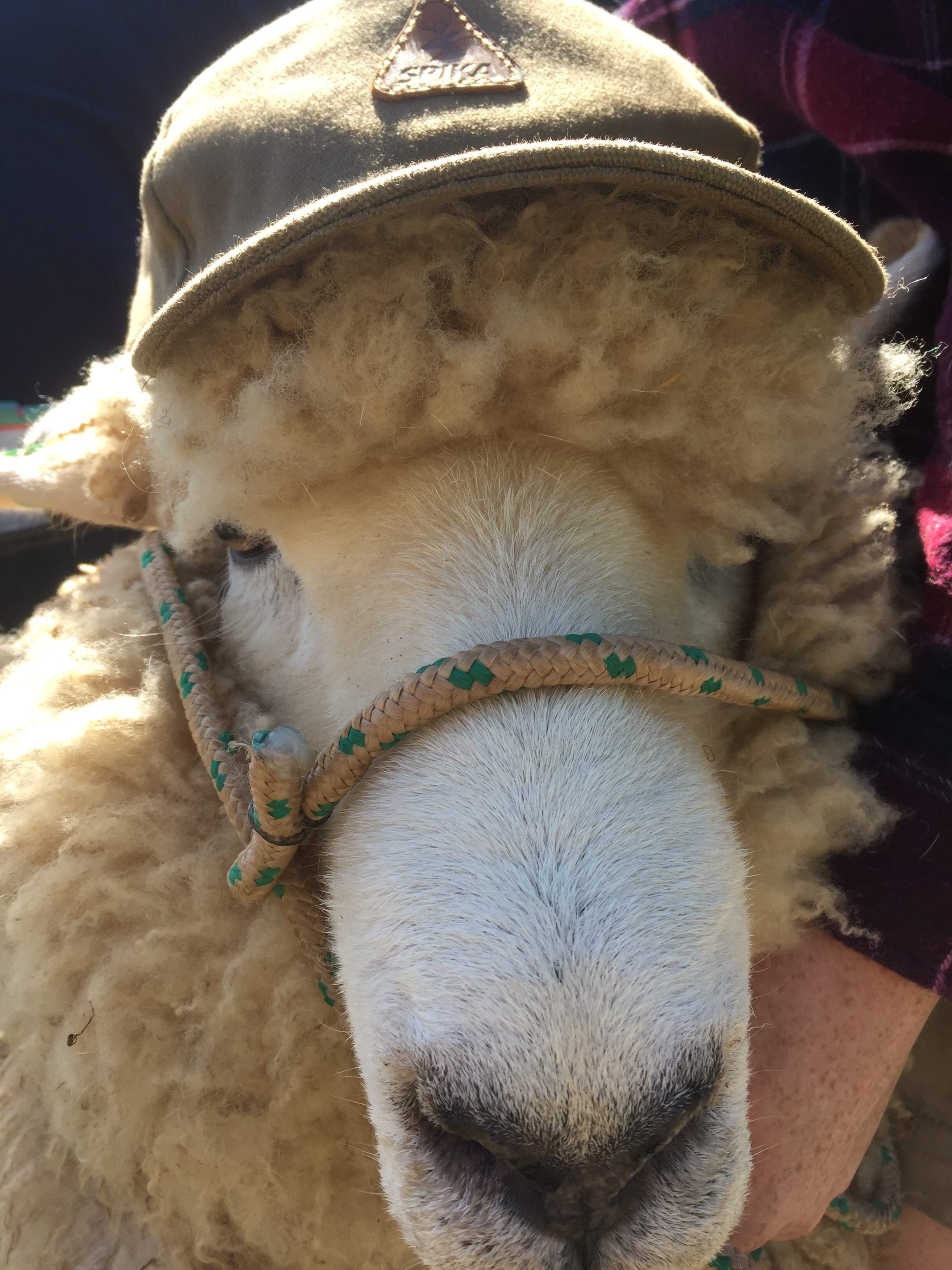Crutch Your Sheep to Control Fly Strike – What Every Hobby Farmer Should Know.

Sheep are a gentle and rewarding animal to run on a hobby farm but like any animal, they have specific care needs. This week I joined John Gilligan from Gilligan Property Services to go over some of the basics about crutching that every hobby farmer should know.
Why and When
Crutching needs to be undertaken at the start of each fly strike danger period. In Australia this means crutching twice, once in November and once in March/April. In northern hemispheres, concentrate on the shoulder seasons when it is warm and wet, usually mid spring and mid Autumn. This is the time that flies love as the conditions are perfect for breeding. Flies lay eggs in dirty wool and hatchings are common after periods of 2-3 days of rain in warm weather. Wool that is stained with urine, has faeces in it or has wool rot is targeted by flies. In Australia, a great resource for more information on fly lifecycles and treatments is provided by the Western Australian Ag department in their web page “Managing Flystrike in Sheep”. The basics though, are thankfully quite simple. Manage the wool around the anus/vulva and the pizzle (penis) in wethers. Leave your tails a little longer. This gives sheep better bowel control by less damage to muscles during docking and also leads to less likelihood of cancers and sores from sun protection. Lastly, keep on top of your flies with paddock rotation and good healthy dung beetle populations and you should not need to resort to expensive treatments and chemicals. While we are on the subject of dung beetles, try to use modern drenches that have less impact on dung beetles. Avoid the old organophosphates. They may be cheaper, but you kill off your little helpers.
How
Make sure that if you are getting a contractor to do the job, that you keep the sheep penned overnight and off hard feed. This will give the Rumen time to empty a bit and will make the process a lot more comfortable for both the sheep and the contractor. Having the sheep penned prior to the contractor turning up will also make their job 100 times easier and they will be more likely to want to come back and work for you again! Don’t laugh. It’s hard to get a shearer these days, don’t waste their time. Some people recommend taking the sheep off water prior to shearing as well, but these days that practice is no longer recommended as particularly in hot weather this can stress the sheep needlessly.
Once you have your sheep penned and ready, throwing the sheep, starting the crutch and setting up your equipment is demonstrated by John in the video. Make sure that you watch it a few times before trying your first sheep. I also recommend ensuring that your gear is as sharp as possible as this will lessen your effort and reduce the chance of cuts and injury to yourself and the animal. As always, being as relaxed as possible is always helpful. If this means telling the expert from next door to bugger off, then feel free to do so! There is nothing worse than trying to learn a new skill while some idiot tells you loudly about every wrong move you make. It’s also a great idea to have some antiseptic handy, like Cetrigen or similar in case you do knick the sheep. Relax, sheep heal really quickly.
Keeping on top of your animal maintenance is not only rewarding as you spend time with them, but it saves a heap of time and money fixing problems. Good healthy livestock are the result of careful monitoring and timely interventions. I hope you have great success managing your fly problems and enjoy running sheep for fun or profit.
One Comment on “Crutch Your Sheep to Control Fly Strike – What Every Hobby Farmer Should Know.”
Hi Tim,
I am writing a book and am trying to find out how many sheep (Merino ewes and whethers would a shearer Crutch in a day, the story is set in 1923, therefor the shearing machine was basic (no wide combes etc).
Any advice will be appreciated.
John Cooper
Laurieton NSW.